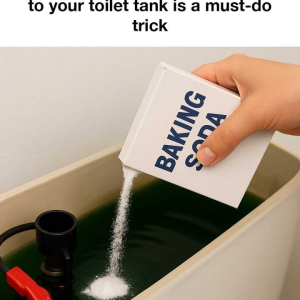
In today’s busy world, it may seem easier to keep multiple medications in a single container. However, while convenient, this practice can pose serious health risks that many people don’t realize.
From accidental overdoses to reduced drug effectiveness, mixing medications can have dangerous consequences.
10 important reasons why storing your medications together is not safe
1. Dangerous Chemical Reactions
Each medication is made to stay chemically stable under specific conditions. When different drugs are stored together, they may interact and cause chemical reactions.
These reactions can reduce the medicine’s effectiveness—or worse, create toxic byproducts. This risk is especially serious for medications with narrow safety margins, where even small changes in dosage can cause harm.

2. Increased Risk of Overdose
When pills are mixed in the same container, it becomes hard to identify them, especially if they look alike. This can lead to taking the wrong medicine or the wrong dose, which can result in overdose. Common drugs like acetaminophen or blood thinners can cause severe damage, such as liver failure or internal bleeding, if taken in excess.
3. Stronger or Unexpected Side Effects
Combining medications in one box can increase the chance of side effects. Drug interactions may heighten the intensity of symptoms like drowsiness, dizziness, or confusion. Some medications also interfere with how others are broken down in the body, leading to higher drug levels and worse side effects—sometimes as severe as seizures or breathing issues.
4. Reduced Medication Effectiveness
When stored improperly or mixed together, medications can lose their potency. Exposure to moisture or light can degrade some drugs, like antibiotics. Medications that require specific storage conditions—cool, dark, or dry environments—can become less effective or entirely useless when mixed with others that need different conditions.
5. Difficulty Recognizing Pills
Mixing pills can make it hard to know which medication is which, particularly for people who rely on the shape, size, or color of their pills to tell them apart. This confusion can lead to skipped doses or taking the wrong drug entirely—both of which can have serious health consequences.

6. Cross-Contamination Risks
Storing different medications together increases the chance of cross-contamination—particles from one drug transferring to another. This is particularly risky for medications that require exact dosing, such as insulin or thyroid medications. Cross-contamination can reduce effectiveness or cause unexpected reactions.
7. Trouble Tracking Expiration Dates
Once medications are removed from their original packaging, it becomes difficult to track expiration dates. Taking expired drugs can result in reduced effectiveness or, in some cases, exposure to harmful breakdown compounds. For instance, outdated antibiotics like tetracycline can become toxic over time.
8. Confusion During Emergencies
In an emergency, it’s critical for medical professionals to know what medications a person is taking. If pills are mixed together in an unlabeled container, emergency responders may not be able to identify life-saving medications quickly. This can delay treatment or result in improper care.
9. Legal and Caregiver Concerns
Mixing medications can have legal implications, especially for caregivers responsible for others’ health. Improper storage may be seen as negligence if it leads to harm. Following recommended medication practices helps protect both health and legal accountability.

10. Misinformation from Online Hacks
Many online “life hacks” recommend mixing medications for convenience, but these tips often ignore the real risks. Relying on advice from unverified sources can lead to dangerous outcomes. Always consult healthcare professionals when managing medications.
Best Practices for Medication Storage
To stay safe, keep medications in their original labeled packaging. If using a pill organizer, choose one with separate compartments for each day and time. Store medicines in a cool, dry place, away from light and moisture. Proper organization helps prevent dangerous mistakes and keeps your medications working effectively.
By understanding these hidden dangers and following best practices, you can protect your health and ensure your medications remain safe and effective.




